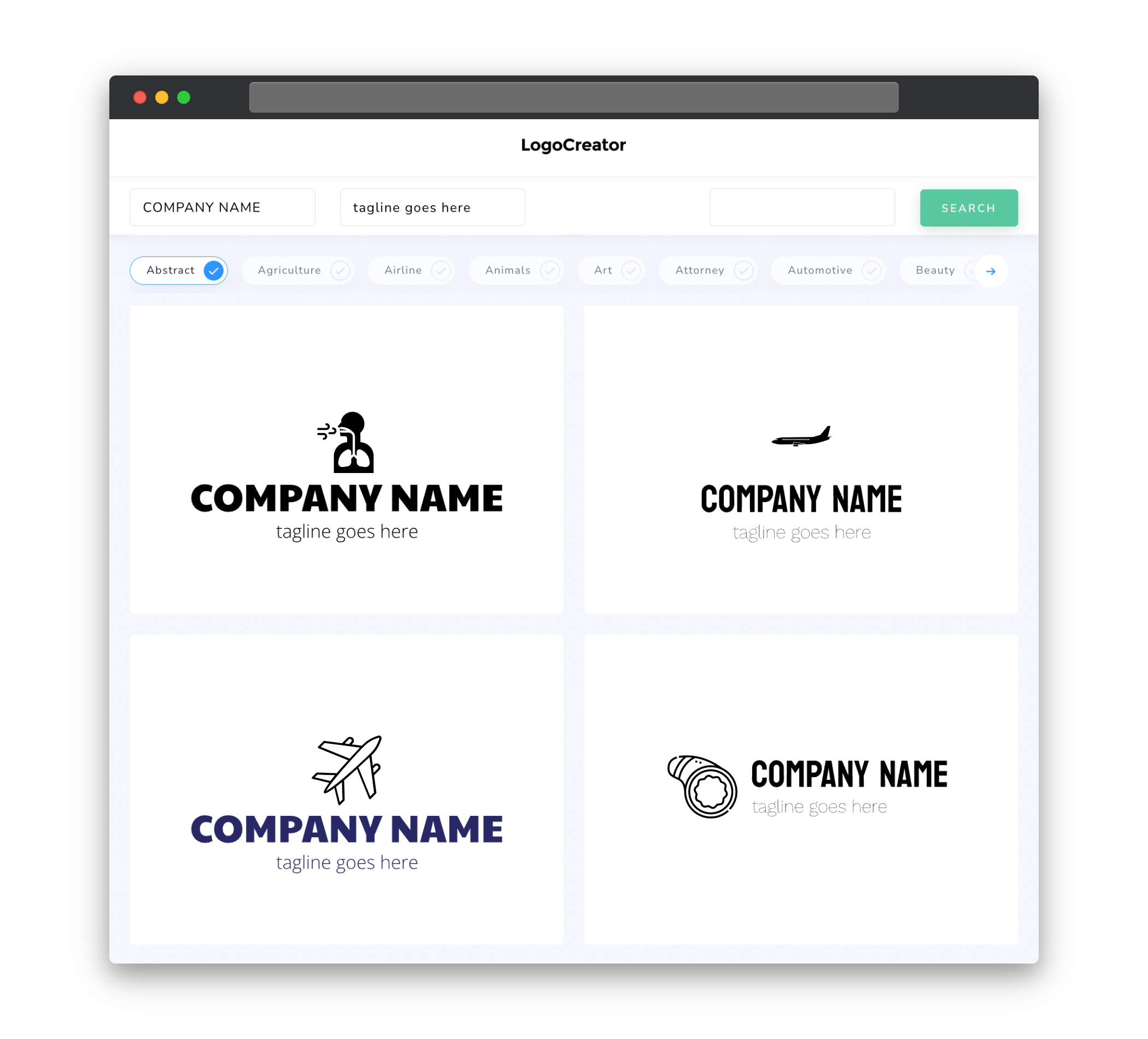Audience
When it comes to designing your airline logo, it is crucial to consider your target audience. A well-designed logo will not only attract potential customers but also leave a lasting impression on existing ones. Your logo should reflect the values, style, and personality of your airline, resonating with the people you are looking to attract. Whether you cater to leisure travelers, business professionals, or adventure seekers, understanding your target audience is key to creating a logo that will captivate their attention and leave a memorable impact.
Icons
Icons are an integral part of any airline logo. They help to visually represent the core services, ambitions, or unique selling points of the airline. For an Airway logo, you may want to consider incorporating icons that symbolize travel, flight, or exploration. These icons can include airplanes, compasses, clouds, wings, or globes. With a carefully chosen icon, your logo will instantly convey the essence of your airline, making it more recognizable and memorable to passengers and potential customers alike.
Color
Color plays a crucial role in the design of your Airway logo. Each color evokes specific emotions and associations that can effectively communicate your airline’s brand identity. Blue, for example, is often associated with trust, reliability, and professionalism – qualities that are desirable in an airline. On the other hand, green can represent nature, growth, and sustainability, which may resonate with an airline that values eco-friendliness. Other common colors in airline logos include red for energy and passion, and yellow for optimism and innovation. Consider the personality and values of your airline, and choose colors that reflect those traits when designing your Airway logo.
Fonts
The choice of fonts in your Airway logo can greatly impact its overall look and feel. When considering fonts, it is important to strike a balance between readability and style. Sans-serif fonts like Arial or Helvetica are often preferred for airline logos as they exude a modern and professional aesthetic. However, if your airline has a unique brand personality or target audience, you may opt for fonts with more character, such as a playful script font for a leisure-focused airline. Ultimately, the font choice should align with your airline’s brand identity and complement the other elements in your logo design.
Layout
The layout of your Airway logo is an important aspect to consider. It should be well-balanced and visually pleasing, ensuring that all the elements harmonize seamlessly. One popular approach is to have the icon on one side and the airline name on the other, creating a symmetrical and cohesive design. Alternatively, you may choose to integrate the icon and the text, creating a more dynamic and modern logo. Experiment with different layouts keeping in mind the scalability and versatility of your logo for various marketing materials, such as website headers, social media profiles, business cards, and aircraft liveries.
Usage
Your Airway logo will be used across various platforms and materials, and it is important to consider its adaptability. It should be scalable, functioning equally well in small sizes, as well as being able to maintain its visual impact when enlarged. Additionally, your logo should be versatile enough to work in both digital and print formats, as well as in color and black and white. This will ensure that your logo remains consistent and recognizable, regardless of the medium or format it is being used in. Take these factors into account when designing your Airway logo to create a cohesive and impactful branding strategy.



